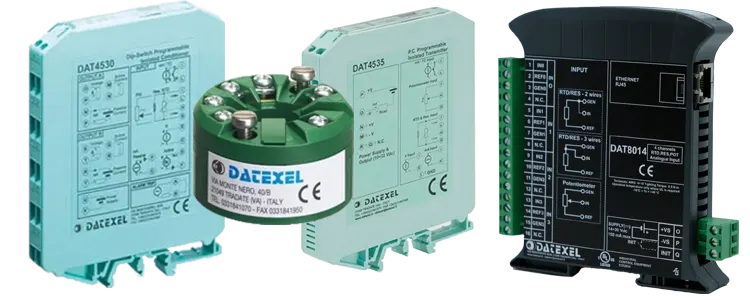Signal Conditioning and what you need to know.


Signal conditioning covers any signal that fundamentally changes to another type of signal. This topic only considers industrial instrumentation signal conditioning. Read on to discover what you need to know about signal conditioning, from two-wire signal transmitters to frequency converters.
Two-wire signal transmitters, also known as loop-powered signal conditioners, can convert a universal signal to a 4-20mA. As it is loop-powered, only two wires act as a power supply and a transmission of the 4-20mA. The input can be thermocouples, RTDs, thermistors, mV, current, and voltage.
Four-wire signal converters give the power supply and output signal each their own pair of dedicated wires. The power is normally 24 Vdc, but it can range from 12 Vdc to 32 Vdc. The signal output can also be 4-20mA per the two-wire signal transmitter, but it can supply a signal with a higher impedance due to the dedicated power supply.
The output could also be 0-10 Vdc, but 4-20mA is ideal due to the noise cancellation of the mA output. The 0-10 Vdc wiring can act as an aerial and pick up noise. Other common outputs include 1-5 Vdc, 0-5 Vdc, 2-10 Vdc, and 0-20mA.
Frequency converters can convert a digital pulse from a flow meter or tachometer into a standardized analog signal. Some frequency converters also have limit alarms to signal high-flow or low-flow conditions or, as on a tachometer, high speed or stopped conditions. Other input types include Namur standard, TTL, NPN, PNP, or a voltage pulse.
A high-precision voltage is applied across a resistor bridge as an excitation voltage. The strain or load causes a variation in the resistance across the bridge, and the voltage measurement can be used to calculate a load or force. Excitation voltage can be 3.6 or 10 Vcc, and the output is measured in a range of mV.
As the excitation voltage is known and the output voltage is measurable, users can calculate a force to indicate a load. Most strain gauge and load cell conditioners supply a 4-20mA output, but other options are available. We recommend always having an isolated output.
Mathematical signal conditioners can add two 4-20mA signals to provide an output equal to the total quantity of the input value. Applications could include a flow meter or weighing scales on a conveyer belt. An example would be if scale A was 0-100 tons and scale B was 0-50 tons.
If both scales read 12mA, which is 50 percent of the maximum, the total tons would be 75, which would also indicate 12mA; if scale A stopped and was reading 4mA while B was still reading 50 percent, then the total output would be 25 tons. The output from the mathematical signal conditioner would be 6.66mA, which is 16.66 percent of the total 150 tons.